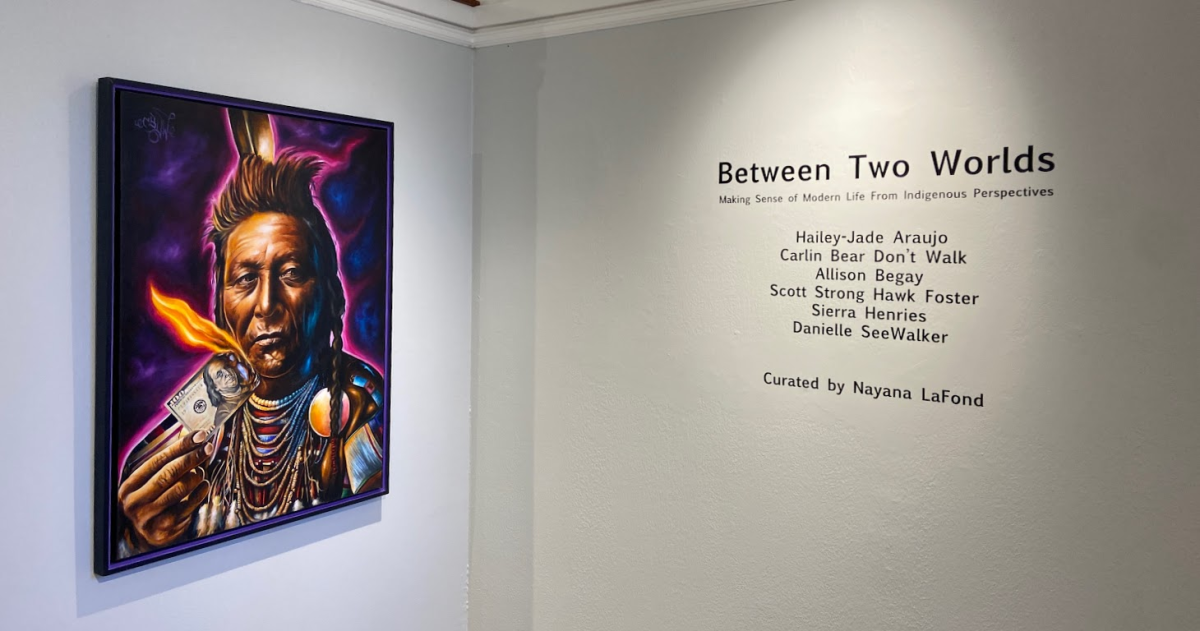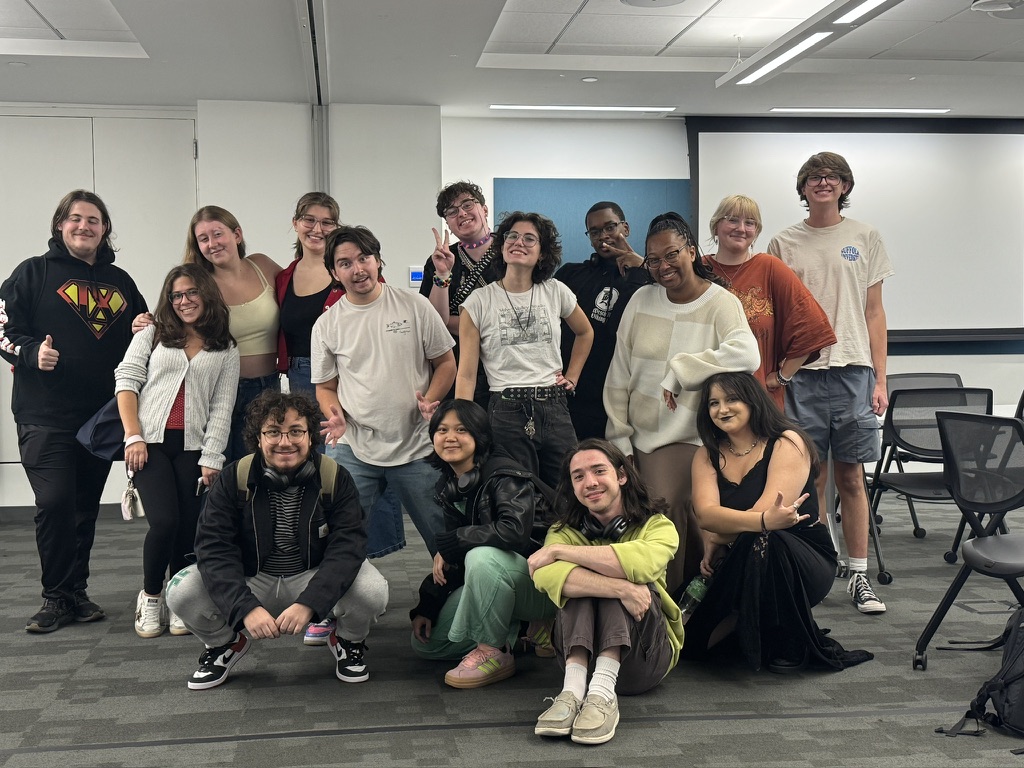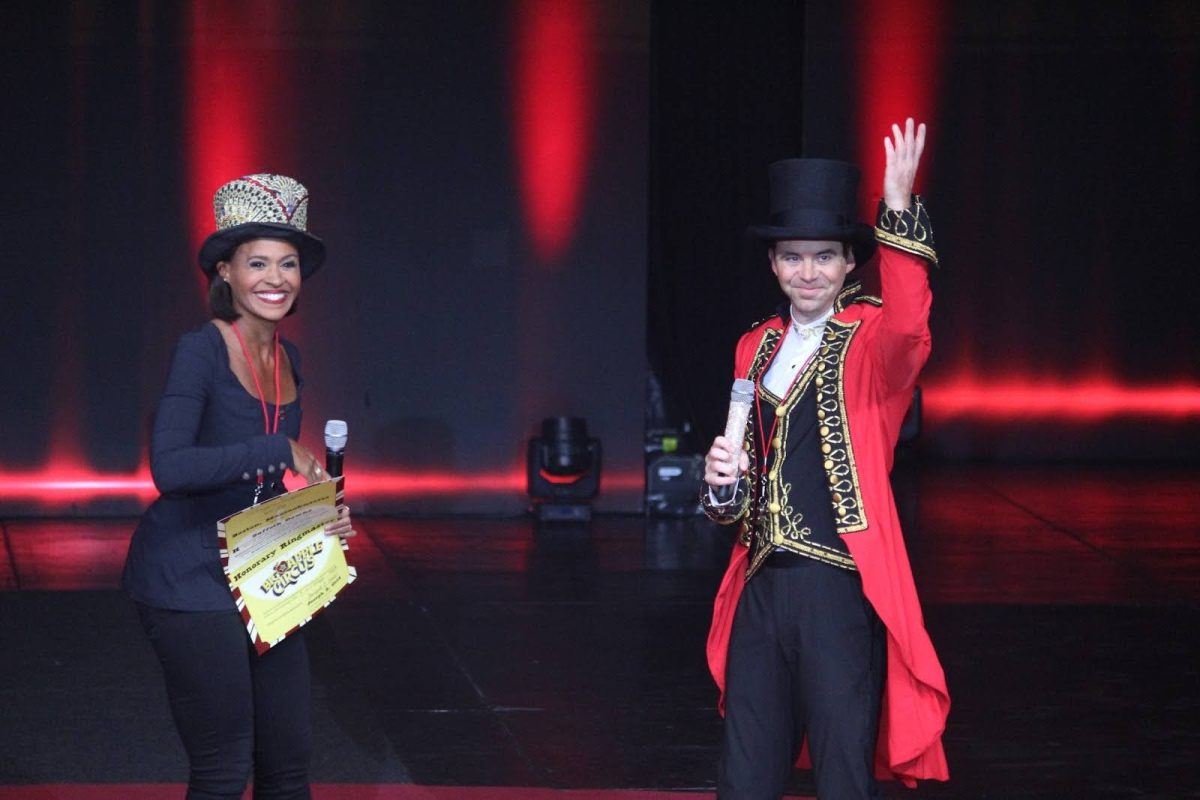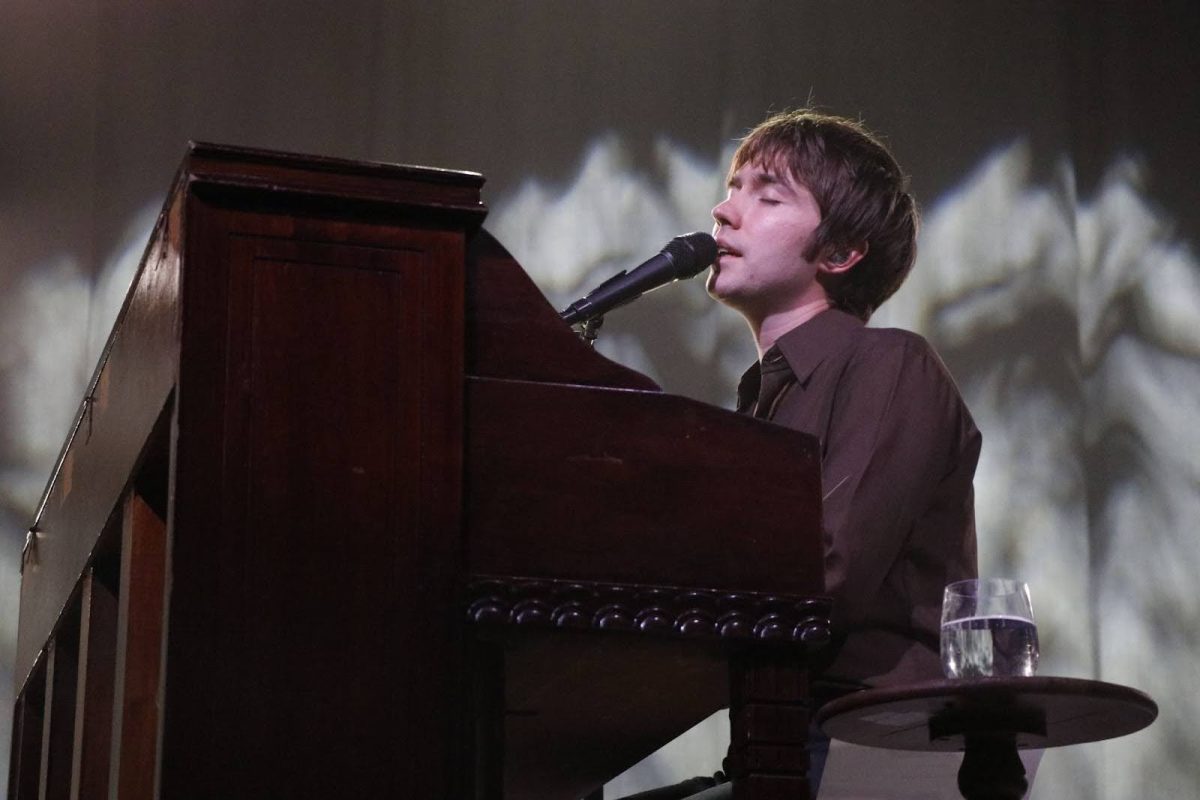Witches, murders and ghosts moved throughout the fog during a performance of “Macbeth” titled “Fog x Macbeth” at Harvard’s Arnold Arboretum. On Oct. 21, the Actors’ Shakespeare Project (ASP) held an outdoor abridged performance of the play, which was custom-staged from Migdalia Cruz’s modern verse translation of Shakespeare’s masterpiece.
The one-time performance captured the interest of the public, as it saw over a thousand attendees gather to watch ten ASP actors play 20 roles, as the park’s “Fog x FLO” installation swept around them. This installation consisted of intermittent rolling waves of fog, designed by fog-sculptor Fujiko Nakaya, and is one of her several exhibits throughout the world.
The fog acted as a natural stage-curtain that the actors could disappear and reappear into and out of throughout the performance, adding to the general Halloween spirit that October brings.
In order to transport the audience back to the brutal 15th century Scotland that “Macbeth” takes place, the performance was preceded by a group of five musicians that performed with Shakespearean era instruments.
“I have never seen a play like that,” said performance attendee Jacob Williams, a senior at Northeastern University, in an interview with The Suffolk Journal. “Part of the goal of any Shakespeare performance is to bring us back in time, and this was so perfect for that.”
The play itself began with a prophetic trio of witches that tell the brave Scottish general Macbeth that he is destined to become king of Scotland. With the insistence of his wife and the drive of his own ambition, Macbeth goes on to kill the king and his chamberlains to take the throne for himself.
Throughout the performance, Macbeth is plagued by visits from the witch-trio and of the spirits of those he killed to ascend to the throne. All of these haunting figures pass on and off the stage through the ethereal backdrop of fog that exists around the production.
“This performance gives people a chance to be more exposed to a playwright like Shakespeare in a much more accessible and memorable way. Because the performance was like half of its normal time, people could digest the work much easier,” said ASP usher Marina Fluca in an interview with The Journal.
The pure-water fog in which the performance took place has been a part of the Arboretum since August and is one of four fog sculptures that exist in Olmsted’s Emerald Necklace Conservancy. Calling fog “the most generous medium” for creating art, Nakaya has collaborated for decades with artists, musicians, designers, and more to transform her fog sculptures into “fog performances.”
The Cruz translation was specifically designed to put emphasis on Shakespeare’s genius use of language while removing portions of dialogue that have phrases or words that are not easily understood by the average listener.
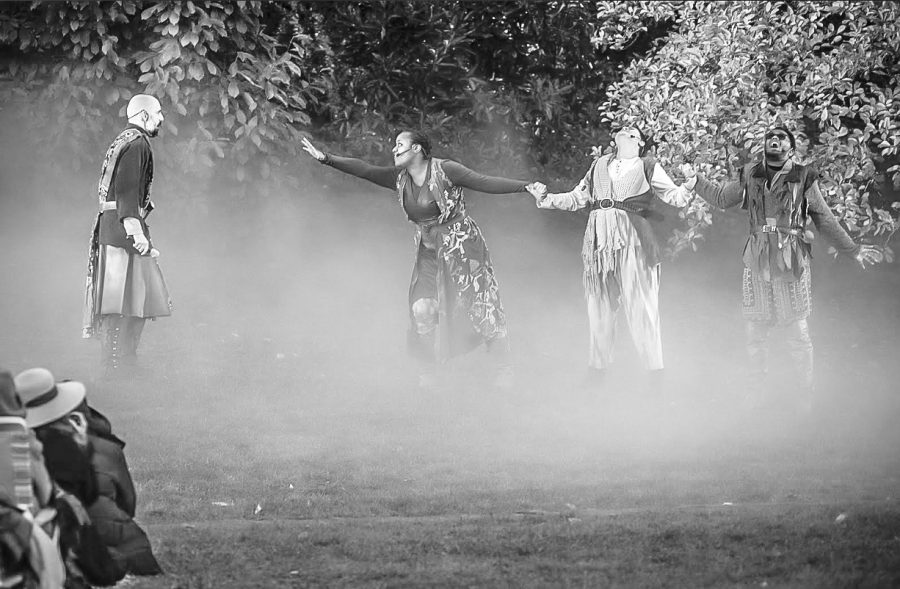 Photo by Jeff Blackwell, Courtesy of the Arnold Arboretum of Harvard University
Photo by Jeff Blackwell, Courtesy of the Arnold Arboretum of Harvard University
Cruz sought to create a version of the play that would maintain the tones and ideas of the original, making sure that she had a complete understanding of the characters and concepts before attempting her translation. To accomplish this, she even traveled to Macbeth’s actual grave.
In an interview with Boston’s NPR News station, Cruz said, “I went to where he laid on the ground and then I thought, ‘How do I touch the words and not damage them?’”
The production features a predominantly non-white cast, which in combination with its modern translation, continues to receive criticism from Shakespeare traditionalists.
“I know people could be bothered by the casting choices for the performance,” Williams said. “But I know for me, it is important to be able to look on-stage and see actors that look like me, even if they don’t fit the original demographic of the performance. It has been a few hundred years, it’s time to change the casting a bit.”
The production will run at the United Parish in Brookline through Nov. 11. using Cruz’s translation of “Macbeth,” but has no plans to return to those artificially foggy hills at the Arboretum.





